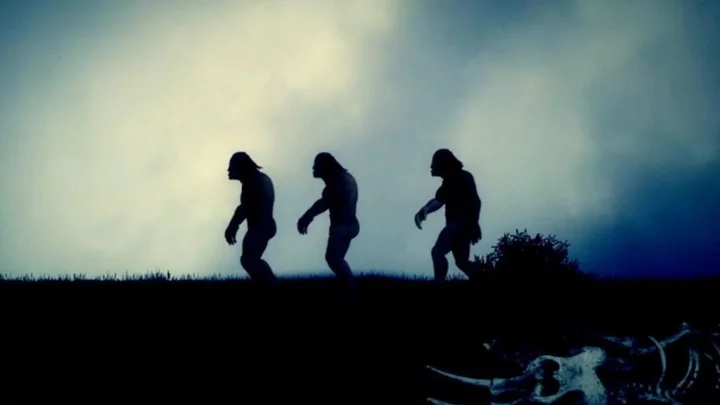It’s well known that all humans alive today can be traced back to a common ancestor but a study may have found where that ancestor originates.
Researchers at the University of Oxford’s Big Data Institute mapped the entirety of genetic relationships among humans to create the largest human family tree ever.
By combining modern and ancient human genomes data from eight different databases, the researchers were able to create a massive family tree.
This allowed them to see how a person’s genetic sequence relates to another using the points of the genome.
Sign up for our free Indy100 weekly newsletter
“Essentially, we are reconstructing the genomes of our ancestors and using them to form a vast network of relationships,” Lead author Dr Anthony Wilder Wohns said.
“We can then estimate when and where these ancestors lived.”
Where they lived? Sudan, Africa.
Dr Wohns told Reuters, "The very earliest ancestors we identify trace back in time to a geographic location that is in modern Sudan.
“These ancestors lived up to and over 1 million years ago—which is much older than current estimates for the age of Homo sapiens—250,000 to 300,000 years ago. So bits of our genome have been inherited from individuals who we wouldn’t recognize as modern humans," Dr Wohns said.
Researchers used 3,609 individual genome sequences from 215 populations and samples that ranged from 1,000s to over 100,000 years.
By using a new method to compile the data, algorithms were able to predict where common ancestors were in evolutionary trees to explain some patterns of genetic variation.
The results were a network of almost 27 million ancestors.
“The power of our approach is that it makes very few assumptions about the underlying data and can also include both modern and ancient DNA samples,” Dr Wohns says.
Not only does the data help us understand human geology better but the new method could help in other research, like medicine.
“The underlying method could have widespread applications in medical research, for instance identifying genetic predictors of disease risk," Dr Wohns added.
Have your say in our news democracy. Click the upvote icon at the top of the page to help raise this article through the indy100 rankings.

